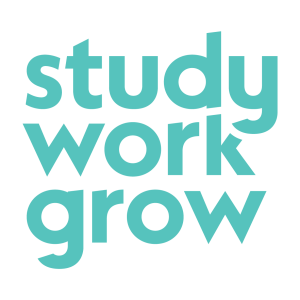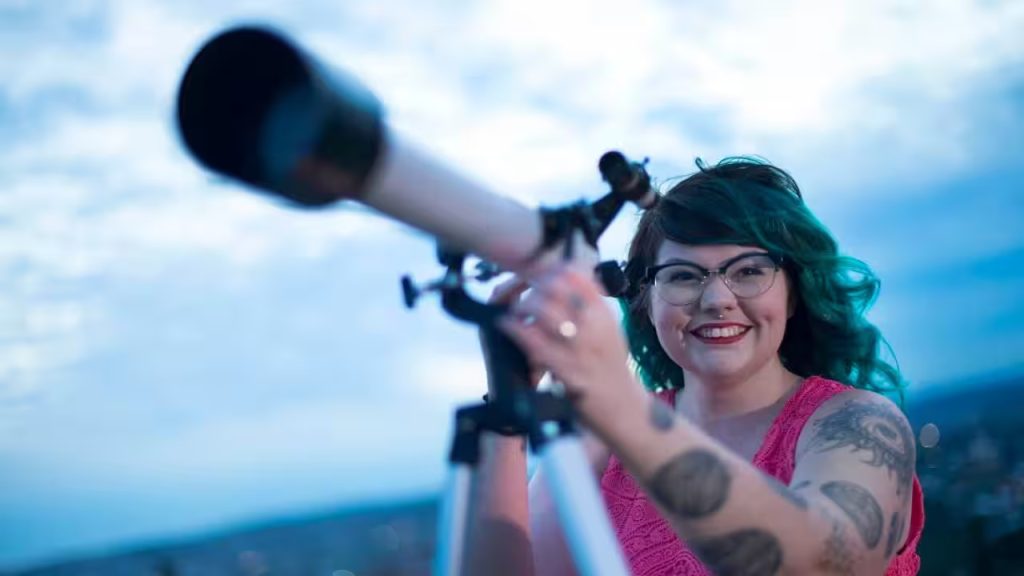Ever wondered if you could combine your culture with science and make a huge impact? Karlie Noon, a Gamilaroi woman and Australia’s first Indigenous graduate in both science and mathematics, is proof that you can. Her journey was full of challenges, but she never let them hold her back – and neither should you.
Why STEM?
STEM offers limitless possibilities, from uncovering mysteries of the universe to developing tech that changes lives, you can be part of something huge. But it’s not just about lab coats and robots – for Indigenous youth, STEM is also an opportunity to blend cultural wisdom with cutting-edge science.
Karlie Noon has done just that. Take moon halos, for instance – traditionally, this phenomena was used by Indigenous people to predict the weather. Karlie then used her physics knowledge to show how these halos occur, finding that they can actually be a sign of changes in the weather.
Imagine how your own cultural understanding could contribute to fields like medicine, technology, or engineering.
Karlie’s message to Indigenous youth
Karlie faced struggles with education, but she stayed true to her passion for the stars. Now, she’s using her story to encourage Indigenous youth to follow their dreams in STEM. She believes that your heritage isn’t a barrier – it’s an asset.
Here’s some advice she has for young Indigenous people interested in careers in STEM:
- Embrace your culture: Your unique perspective is needed in science. Indigenous knowledge offers fresh insights that can revolutionize STEM.
- Seek support: Find mentors who can guide you, like teachers, scientists, or STEM outreach programs.
- Believe in yourself: Whether you want to study space, design new tech, or save the planet with environmental science, your journey starts with believing you can.
“My advice would be to do what excites you. Nothing is easy, so you may as well do something that makes your face light up.”
How to get started
Want to explore a career in STEM? Here are some steps you can take:
- Join STEM programs: Look for workshops or camps aimed at Indigenous students.
- Get curious: Watch documentaries, read books, or even try some experiments at home. Dive into topics that interest you.
- Find role models: Karlie’s story is just one example of Indigenous success in STEM. Follow her lead and look for others who inspire you.
The future needs you
Diversity in STEM is essential for solving the world’s big problems, and Indigenous perspectives and knowledge are vital to that future. Whether it’s space exploration, health tech, or environmental conservation, your contributions can make a huge difference.
You can read more about all kinds of different careers on our website here.


